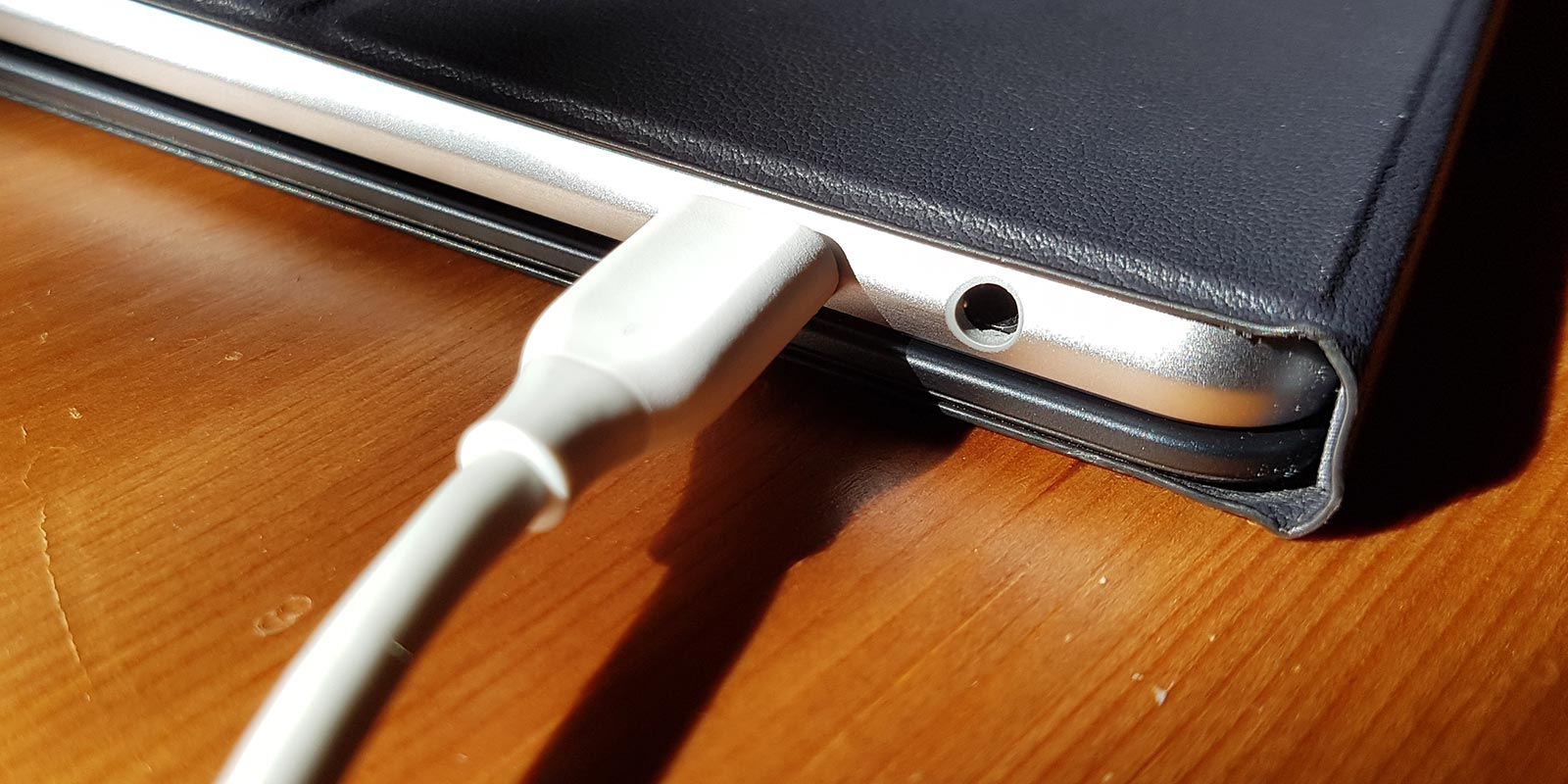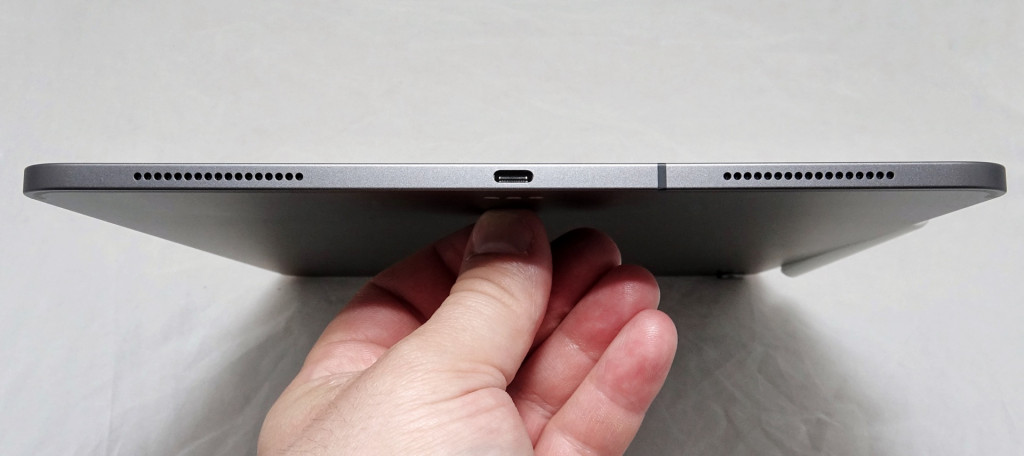Type C is becoming the ubiquitous charge port technology it was meant to be, and that means the same plug can be used across devices. Does that mean a phone charger can power a laptop?
One of our favourite trends of the past decade is finally having an impact: devices are finally crowding around a universal port standard.
Universal ports are based around the idea that you won’t need to carry lots of different plugs, and can instead focus on just the one in your life.
That means you can forget needing a separate plug for your laptop, tablet, and phone, relying instead on the one that handles all.
Not every computer or phone is there yet, mind you, but it’s gradually happening, and Type C USB is more or less the reason why.
While microUSB helped do away with different ports in the phone world outside of the models that Apple sells — at the time this piece was published, Apple was still using the Lightning port for its iPhones and iPads, but had adopted Type C for Macs and the iPad Pro models — Type C USB is clearly taking over.
Simple, reversible, and able to carry more charge, it’s a port and plug design used for both USB and Thunderbolt 3, and it’s being seen in lots of devices. Headphones, speakers, cameras, and monitors are joining the other USB Type C gadgets of laptops, tablets, and phones.
If you see a USB Type C port, it means any Type C plug can be thrown in to charge the device. But the same may not be true for the power source.
Can a phone Type C plug charge a laptop or tablet?
While you can easily plug a Type C cable into from a phone into a laptop, the connector that supplies the power may not work with the laptop itself. If it does, you can almost bet the current draw will be too slow to make a difference to the laptop’s battery.
However, you can easily go the other way.
If you plug a Type C cable from a laptop — like that of the MacBook Air or Dell XPS 15 — and use that to charge a phone supporting USB Type C — like a Samsung Galaxy S10+ or a Google Pixel 3 XL — it will charge a phone, and likely faster than the phone’s charger normally handles things.
This has to do with the plug pack and the amount of charge it can handle. While the plug pack for a phone might provide a couple of volts at 5 to 15 watts, a laptop’s needs tend to be far greater, and so while the Type C plugs are compatible, the power will likely trickle in, and may not provide an optimum recharge cycle.
That means if you’re thinking of charging your Type C-charged laptop, make sure to bring with the adaptor for that computer. If you have a Type C-charged phone, which is more or less anything mid-range and higher that isn’t made by Apple, it should be able to take charge from that same plug.






